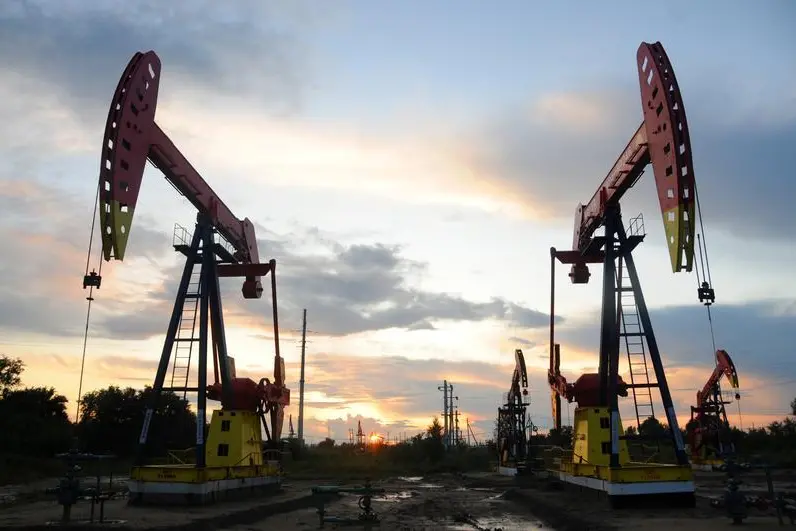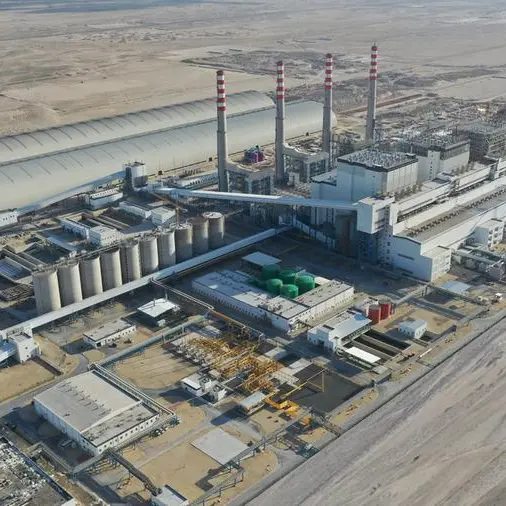PHOTO
LAUNCESTON, Australia- China resumed adding crude oil to inventories in August after four consecutive months of draws, but this was a reflection of weak refinery processing rather than a bullish demand signal.
The world's biggest oil importer added about 760,000 barrels per day (bpd) to stockpiles in August, according to calculations based on official data for crude imports, domestic output and refinery throughput.
This partially reverses inventories draws in the prior four months, with about 223,700 bpd leaving in July, about 980,000 bpd in June, 589,000 bpd in May and 280,000 bpd in April.
China doesn't disclose the volumes of crude flowing into or out of strategic and commercial stockpiles. But an estimate can be made by deducting the total amount of crude available from imports and domestic output from the amount of crude processed.
Refinery throughput in August was the equivalent of 13.74 million bpd, the lowest since May 2020, at the height of the economic lockdowns imposed to combat the coronavirus pandemic.
August's refinery processing was down 2.2% from the same month last year, and 1.2% lower than July's already soft 13.91 million bpd.
The total volume of crude available in August was 14.5 million bpd, comprising imports of 10.49 million bpd and domestic output of 4.01 million bpd.
For the first eight months of the year, China appears to have added 270,000 bpd to inventories, including to both commercial stockpiles and the strategic petroleum reserve (SPR).
This is a far cry from 1.26 million bpd added to inventories over the whole of 2020, when China snapped up massive volumes of crude after the coronavirus pandemic and a brief price war between top exporters Saudi Arabia and Russia sent benchmark Brent futures to the lowest in two decades.
Brent prices have since recovered amid output restrictions by OPEC+, a grouping of the Organization of the Petroleum Exporting Countries and allied producers such as Russia.
Brent futures have surged 372% from a 2020 low of $15.98 a barrel to end at $75.46 on Wednesday.
But the price rally is a story of producer discipline and recovery in demand in Europe and North America, with China, and indeed much of Asia, sitting on the sidelines amid coronavirus outbreaks and economic disruption.
CHINA'S MESSAGE
China's crude imports are down 5.7% in the first eight months of the year compared to the same period in 2020, and this soft trend may continue in coming months.
China has made a major shift in policy as well, announcing its first-ever public sale of crude from its SPR, with around 7.38 million barrels to be auctioned on Sept. 24.
The National Food and Strategic Reserves Administration last week said it would release oil reserves to the market in phases to help stabilise prices.
While the volume of oil in the first auction is relatively small, the significance of the move is far greater.
The first sale is roughly half a day's worth of China's refinery processing, or only about 246,000 bpd if spread over the month of September.
But the sale sends a signal to OPEC+ and other exporters that Beijing will take action to ensure crude prices don't rise beyond what China considers a fair level.
That level isn't stated, but it is likely to be around $70 a barrel and certainly no more than $80 a barrel.
If China were to auction some 250,000 bpd per month, it would serve to dampen its imports and remove what has been a source of strong demand for crude in recent years, given China's rapid economic growth and expansion of its refining sector.
Clyde Russell
(Editing by Tom Hogue) ((clyde.russell@thomsonreuters.com)(+61 437 622 448)(Reuters Messaging: clyde.russell.thomsonreuters.com@reuters.net))












